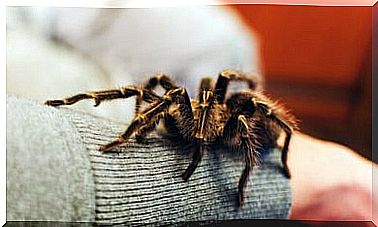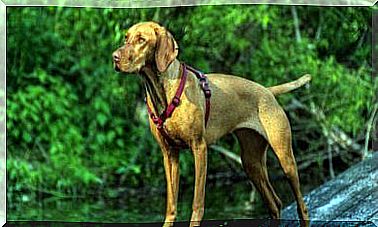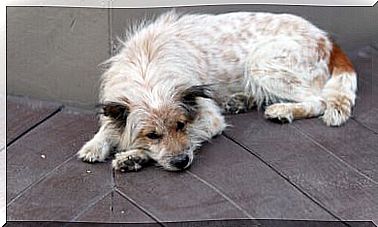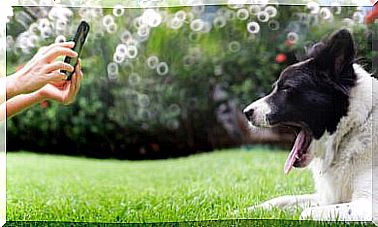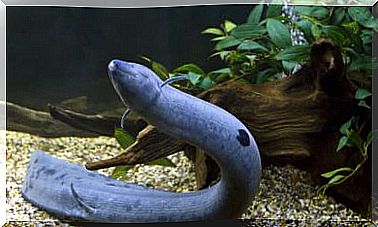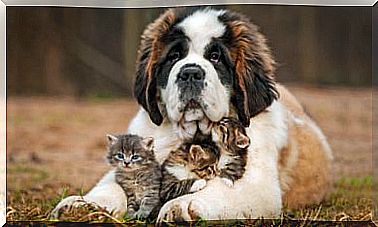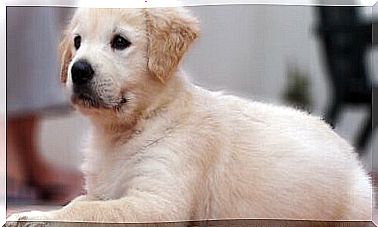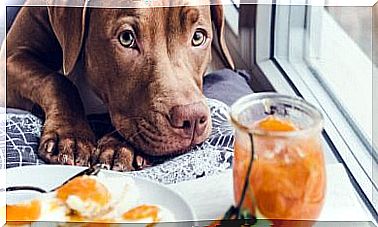Compulsive Behavior In Pets
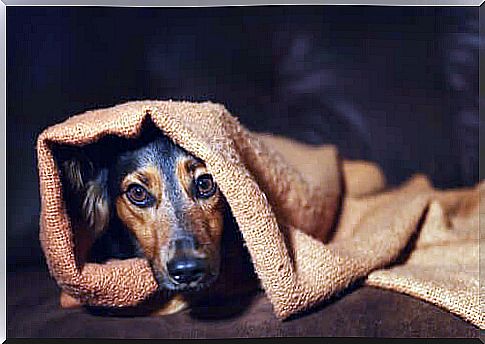
Pets, like humans, can suffer from compulsive behavior or obsessive-compulsive disorder (OCD). Dogs are the most affected animals, although cats, second on the popularity list, are not exempt from this problem.
These “bad habits” are often a reflection of an underlying situation. They are the consequence of a medical condition or discomfort that can have its genesis on a physical or psychological level.
What qualifies an action as a compulsive behavior?
Often, these are customs that can be classified as normal or everyday for the animal. Licking, cleaning up, chasing light reflections, barking or howling are also included in this list.
The problem arises when these actions are performed in an extremely repetitive way : at such a high level that there is no time of day when the animal does not perform them.
Most Common Obsessive Compulsive Disorders in Dogs
Among dogs, compulsive behavior is divided into several categories. Turning while standing in the same place or chasing the tail frantically are actions that are qualified among the compulsions that affect mobility.
Other signs include pulling away abruptly for no apparent reason or suddenly becoming immobile. The same happens with uncontrolled tremors, which appear and disappear randomly.
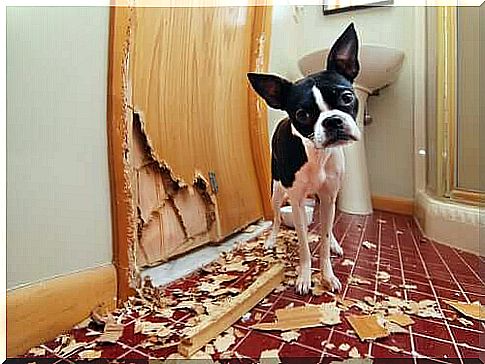
There is another set of mouth-related compulsions, such as biting paws, chewing clothes, or biting walls. There are also overly nervous or frightened dogs that bark for any reason or howl uncontrollably.
The cases that require even more attention are those related to neurological problems. Some sudden tremors or paralysis in which the animal is looking lost may be due to episodes of epilepsy.
There are also cases of self-harm, which can lead to tail mutilation. These pets likewise tend to have aggressive episodes against people or inanimate objects.
Cats
Less common, but not impossible. Compulsive behavior in domestic cats is often reflected by excessive licking. Affected cats show an obsession with staying clean, which can cause, among other problems, alopecia (hair loss).
The shrill and inexhaustible meows, in addition to permanent fatigue, are other signs that a cat is a victim of some kind of obsessive-compulsive disorder.
origin of the problem
Just as in humans, the compulsions of pets can be caused by some kind of trauma. Sudden changes are other likely causes: a move, the death of someone you love, or the arrival of a new family member.
While dogs handle these types of scenarios better than cats, they are not without risk.
Other triggers can be a high level of stress and frustration. The situation is also related to severe punishment, as well as the use of coercive instruments such as a collar or muzzle.
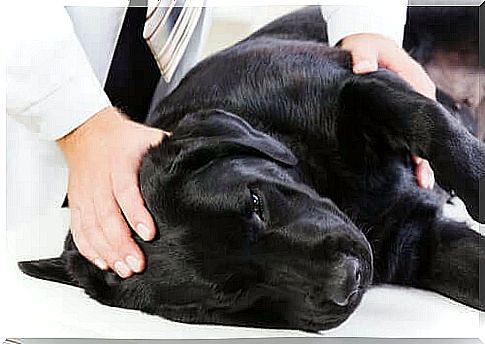
Not satisfying nutritional, hygiene and rest needs are also on the list, in addition to inadequate socialization during the puppy stage.
Genetic predisposition and age are other factors to be considered. In this case, dogs of large breeds, such as the German Shepherd or the English Bull Terrier, are at greater risk, while in cats, the subspecies of Asian origin accumulate the greatest number of affected.
Treatment for Compulsive Behavior in Pets
Before a veterinarian or ethologist can recommend treatment to try to correct the situation, the source of the problem must be precisely known. The plan to follow will depend on this data.
In the case of animals with neurological problems, medication will be the mandatory option. Specialists can also prescribe a product that helps animals reduce their distress and stress levels.
Behavior rectification is a technique highly recommended by ethologists. It consists of modifying the environment in which the animal lives, but it is mainly about distracting it with play and interactive activities when it is performing the compulsive behavior.
Better safe than sorry
If you suspect that your pet is developing an obsessive-compulsive disorder, take him to the veterinarian immediately. Once compulsive behavior is installed in the animal, treatments to reverse this situation are often long, expensive and, in many cases, fruitless.
In daily contact with our best friend, it is not difficult to identify signs that indicate the presence of compulsive behavior.

